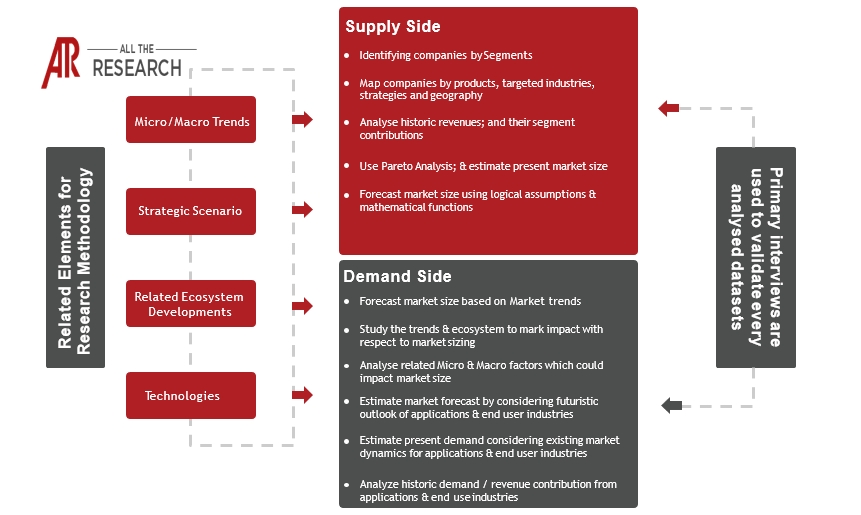The market for eye tracking technology in Augmented Reality (AR) and Virtual Reality (VR) is experiencing robust growth, fueled by its ability to enhance user immersion, improve interactivity, and unlock new functionalities. This report provides a comprehensive analysis of this dynamic and evolving market, offering insights into its current state, future prospects, and the forces shaping its trajectory.
Defining the Landscape:
At its core, eye tracking in AR/VR involves the process of measuring a user's eye movements, including gaze direction, pupil dilation, and blink frequency. This data is then utilized to provide a more intuitive and responsive experience within the AR/VR environment. Key applications include:
Market Dynamics and Growth Drivers:
The global eye tracking market in AR/VR is poised for significant growth, with projections estimating a substantial Compound Annual Growth Rate (CAGR) throughout the forecast period. This growth is primarily driven by several key factors:
Key Challenges and Considerations:
Despite its promising outlook, the eye tracking market in AR/VR faces certain challenges:
Regulatory Focus:
The regulatory landscape surrounding eye tracking in AR/VR is still evolving. Key areas of focus include data privacy regulations, such as GDPR and CCPA, which govern the collection, use, and storage of user data. Ethical guidelines are also being developed to address the responsible use of eye tracking technology and mitigate potential privacy risks.
Major Players and Regional Trends:
The eye tracking market in AR/VR is characterized by the presence of both established technology companies and specialized eye tracking providers. Key players include, but are not limited to, Tobii AB, HTC, Varjo Technologies, Facebook (Meta), Pupil Labs, and Qualcomm.
Regional trends indicate that North America and Asia Pacific are leading the market due to early adoption, investment, and growth in AR/VR. Europe is also showing steady growth driven by research & development investments, and the adoption of AR/VR in enterprise applications.
M&A, Fund Raising and Trends:
The market is witnessing active M&A and fund raising activities. Many established and new players are acquiring/merging with companies possessing complementary technologies or expanding capabilities. Venture capital and private equity funding are flowing into the sector, supporting the development of innovative solutions and market expansion. Major trends include:
This report provides a detailed analysis of these trends and delivers actionable insights to help stakeholders understand the dynamics of the market and capitalize on the opportunities presented by this rapidly evolving technology.
The Report Segments the market to include:
By Technology:
By Application:
By Device Type:
By Component:
By Region:
By End-User:

Ask for free product review call with the author

Share your specific research requirements for a customized report

Request for due diligence and consumer centric studies

Request for study updates, segment specific and country level reports
Positive Trends:
Adverse Trends:
By Technology:
By Application:
By Device Type:
By Component:
By Region:
By End-User:
